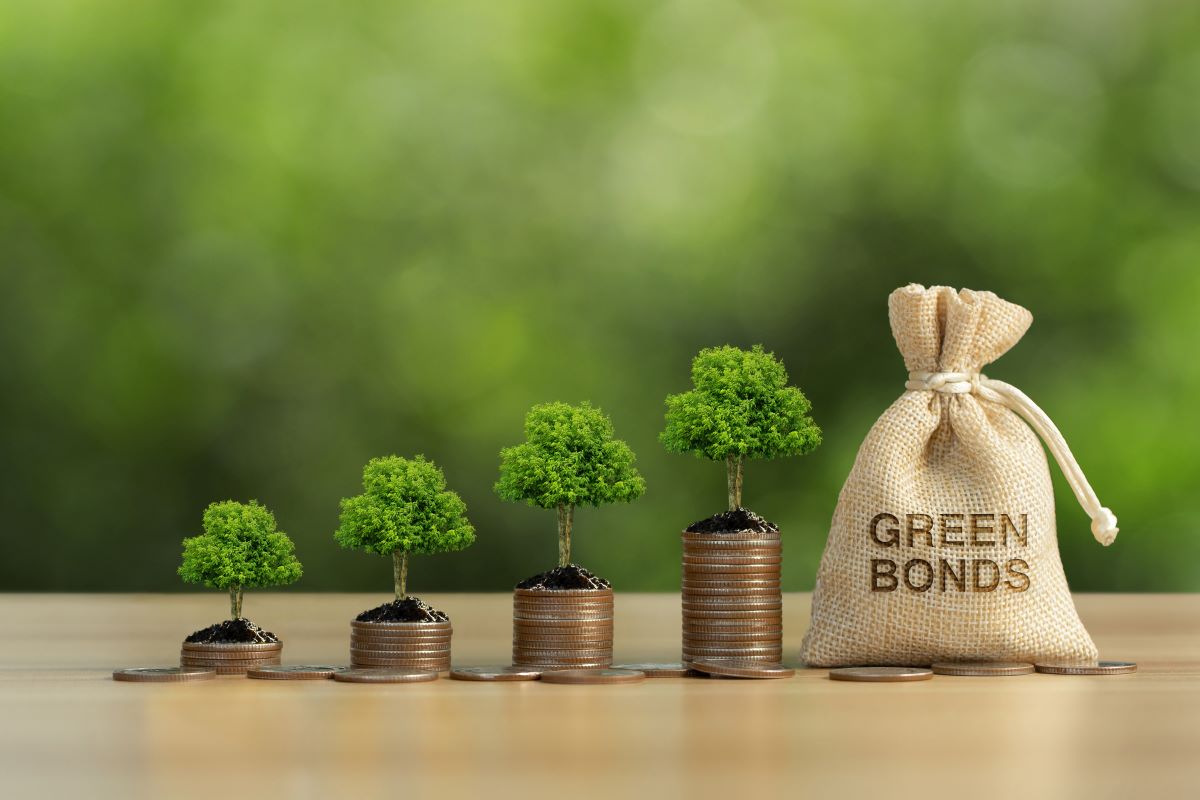Green bond: from financial institutions to companies, a 16-year journey towards sustainability.
Growingly Attractive Among Public and Private Companies
Since 2007, they have appeared on the financial markets. Initially issued by international financial institutions, from the World Bank to the European Investment Bank. Today, however, green bonds, also known as “obbligazioni verdi,” are becoming increasingly attractive to both public and private companies.
They have the same characteristics as traditional bonds, except for one crucial aspect: their impact on sustainability. Their issuance has positive sustainability effects, which is why they are gaining popularity today.
In circulation for 16 years now, green bonds are linked to projects with a positive impact on energy transition, circular economy, renewable energy production, sustainable resource usage, biodiversity conservation, just to name a few macro-areas.
The use of green bonds has evolved in recent years, especially after the COP 21 in Paris when global attention shifted towards sustainable growth and planet preservation. This is why green bonds have become an increasingly utilized instrument by many private and public companies.
The ultimate goal is to continue developing the socio-economic fabric of UN countries while simultaneously reducing climate-altering emissions based on the goals set in the Paris Agreement.
The first European standard introduced in March
With green bonds, many strategic projects for Italy can be financed, such as waste and water treatment plants, infrastructure (from roads to railways, to photovoltaic fields), electrification of networks, eco-sustainable construction, and, in general, everything that promotes development while respecting the environment.
In recent months, in March to be precise, the European Union officially launched the European Green Bonds Standard, the first model that assures the markets by aligning the reference parameters of green bonds with investor expectations.
Issuing companies can choose to work in accordance with this standard, but it’s not obligatory. Nevertheless, it’s a clear signal that the European Union has sent to all stakeholders to make these bonds more attractive. It’s no coincidence that green bonds are already receiving a lot of attention today: with a volume exceeding $487 billion, they represent 58% of the global sustainable bonds market share.
The process to issue a green bond. If a public entity or a private company wants to place a green bond in the market, they must first specify the fund’s usage requirements, the project selection process, and the utilization policy of the funds raised.
Following these guidelines, eligible assets must be identified, and a subscriber must be found, then criteria must be established, and the project selection process initiated. The next step involves checks for fund usage and the publication of information. Finally, the credit rating class will be assigned, followed by fund allocation, and reporting to investors and markets. A clear and transparent process.





